High noon in Korea: fairy tale meets nightmare
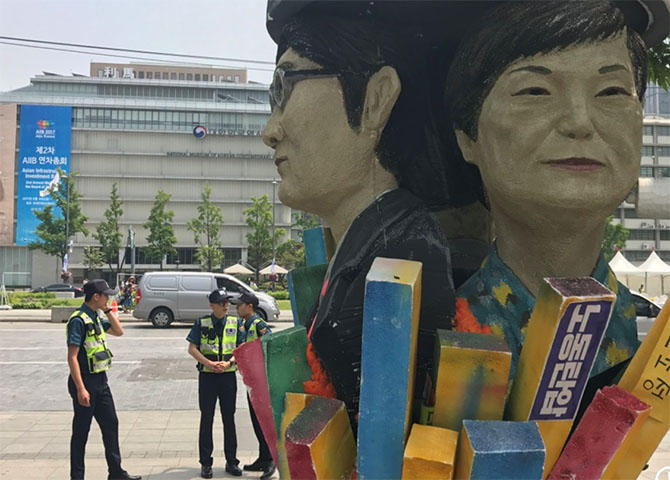
The United States may be a place of extremes. But Korea beats this by far. Here, the very best of democracy meets the worst possible dictatorship. The peninsula in the heart of Eastern Asia has become a testing ground for confrontative as well as collaborative strategies.
To call Korea a divided country is probably one of biggest understatements possible. The dividing line along the 38th parallel gives a fair idea of what can happen when a global conflict is condensed in one place.
Something I experienced during a recent trip to the DMZ – blasphemously called the “Demilitarized Zone” between the North and South of Korea. It is the most militarised patch of land on earth.
“Beware of the landmines,” said Chung Sung-hun, the founder of a peace village close to the DMZ, when he took me on an exclusive hike into the forbidden zone a few years ago. Sixty-four years into the armistice between the North and the South, nature has taken back a lot of the border lands at least what is visible of the surface.
Underground however, there are millions of deadly mines and military tunnel systems. Chung, – founder of the DMZ Peace Village in the Far North East of South Korea, and chairman of the Korea Democracy FoundationExternal link – remained stoic about the options for peace in the region: “At some point confrontation will need to be replaced by collaboration,” he said and added: “We prepare for this.”
Things seem to have taken a turn for the worse however. Much worse. Kim Jong-un, the reportedly Swiss educatedExternal link North Korean dictator has pursued a strategy of nuclear armament and has sent missiles into neighbouring seas recently. This provoked an angry reaction by US President Donald Trump on TwitterExternal link, who called Kim “little rocket man”. Both men threatened to destroy each other and their countries, creating a lot of tension not only in South Korea, where more than 50 million people live close to the DMZ but also across Asia and in the world.
Region for old strongmen
Against the backdrop of this threat of force by Trump – who in a tweet called it “fire and fury”External link, I’m visiting Korea and Eastern Asia these days as part of the #ddworldtour.
I’m looking for answers to a basic question: Is there any way forward for the people of Korea and and the east Asia region?
The prospects are anything but optimistic.
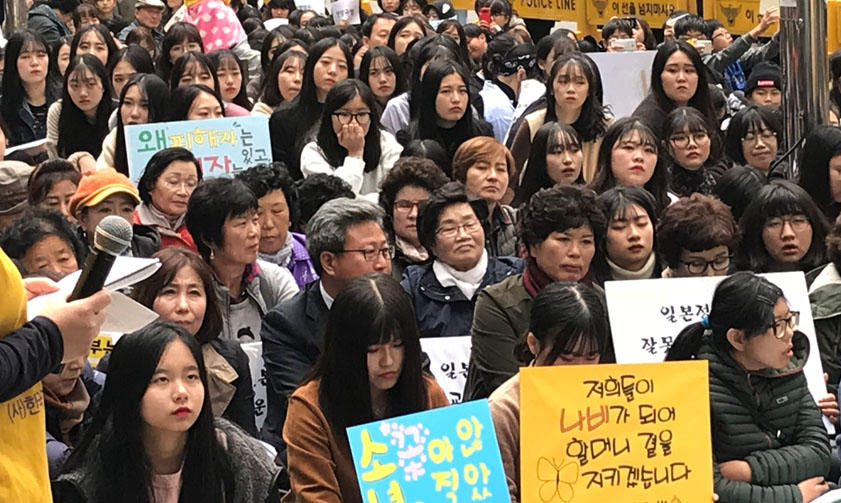
I am not the only visitor of one of the most populated and economically most powerful parts of the world this week. Celebrating the first anniversary of his election, President Trump touched down with his Air Force One on Osan Air Base on November 7 at noon.
In contrast to his predecessors, who symbolically visited the DMZ to underline the necessity of peace and dialogue, Trump skipped the 250km long wall between the North and the South, and instead met South Korean President Moon Jae-in at a huge US military base south of the capital Seoul.
In fact, there will be plenty of presidential meetings during the days to come, including Japan, China, the Philippines and Vietnam (where the leaders of the Asian Pacific Economic CooperationExternal link are gathering).
Like the US, many countries of the region have strongmen at the helm: older men like Chinas Xi Jinping, Philippines President Rodrigo Duterte or Japan’s freshly re-elected Prime Minister Shinzo Abe. They seem to have something in common. Preoccupied by their hold on power, they lose little thought about human rights or democratic innovations.
New generation of democratic leaders
The latter has however not been forgotten by the many, in spite of the fact that most countries of the region are currently governed by the few.
A real fairy tale, when it comes to people power in practice, can in fact be experienced in Korea – south of the DMZ. And the Seoul, whose population in the greater city has reached more than 25 million people, is the perfect place to study the phenomenon.
“We want to serve the people,” stated Seoul Mayor Park Won-soon, when taking office six years ago. The former human rights activist has delivered on the promise. Seoul has become a beacon of modern participatory democracy worldwide with a supportive infrastructure covering all 25 districts of the megapolis and featuring a Citizens’ HallExternal link alongside City Hall in the middle of town.
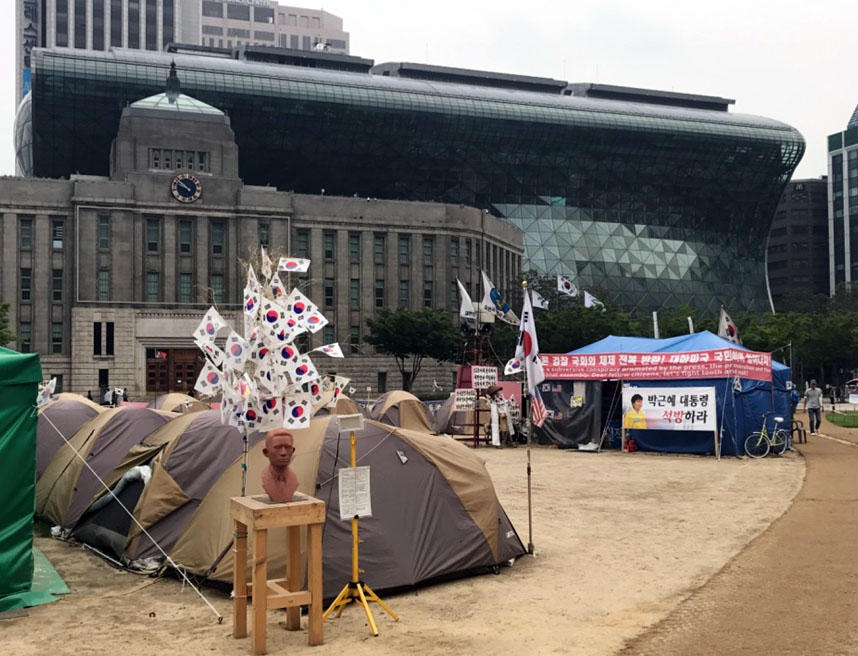
The new democratic climate has changed the (South) Korean mindset in a powerful way: when it became clear that former president Park Geun-hye violated her duties and responsibilities, millions of mainly young Koreans took to streets earlier this year.
“The Candlelight Revolution strengthened our democratic achievements gained 30 years ago during the first revolution in a decisive way,” said Lee Tae-Ho, one of the organisers of the five-month protests leading up to the confirmation of the impeachment by the Constitutional Court in March and the election of human rights activist Moon Jae-in as new head of state in May.
Lee participated in last week’s Seoul Democracy ForumExternal link, discussing the opportunities of making democracy more sustainable not just in Korea, but all over Asia.
Taiwan in pole position
In fact, visiting not only the Korean hotspot but also staying in countries like Japan and Taiwan recently gave me an idea of not just the obstacles to more democracy in Asia but also made me hopeful.
The other golden opportunity to extend modern people power in the region is currently Taiwan. An island country of 23 million residents– and similar to Korea besieged by a less than friendly neighbour – Taiwan has also seen a second wave of democratisation recently, illustrated by the election of President Tsai Ing-wen last year.
And while the most powerful positions of elected leaders in both Korea and Taiwan remind us of the cultural context in this part of the world, the basic development work for these democratic fairy tales has been laid locally and by civil society.
Swiss-Swedish author and journalist Bruno Kaufmann has set off on a world tour to explore the state of democracy visiting more than 20 countries on 4 continents until May 2018.
swissinfo.ch will publish a weekly Notebook and multimedia reports by Kaufmann over the next few months as part of its coverage of direct democracy issues.
Kaufmann’s democracy world tour is mainly sponsored by the Swiss Democracy FoundationExternal link, where he is the director of international cooperation. The Swiss Democracy Foundation hosts various projects and platforms linked to participatory and direct democracy across the globe, including Democracy InternationalExternal link, the Direct Democracy NavigatorExternal link and the Initiative and Referendum Institute EuropeExternal link.
Now we can see the impact: A decision about nuclear energy in South Korea was the result of a deliberative processExternal link; in Taiwan a new law on citizens’ initiatives and popular referendumExternal links is about to be adopted by the national parliament, removing many of the current obstacles (like high turn-out quorum requirement) to efficient people power.
Having experienced democratic revolutions before, South Korea and Taiwan now showcase the next step to democracy in Asia.
In other countries, where autocratic leaders were removed by the people (as in the Philippines, Myanmar or Thailand) at some point, prospects are not quite as rosy. And in Japan, the challenges are of a different kind.
“Here we have never fought for democracy, we got delivered by the Americans after the Second World War,” says Shigeto Sasaki, a businessman turned democracy activist.
I joined him for a debate on direct democracy in the Japanese parliament last week. “Our structures are very encrusted, but now we see that more and more people want to see change,” says Sasaki. It will not be easy, as the Japanese election system has serious flaws. In the October 22 election to the National Assembly the Liberal Party of Prime Minister Shinzo Abe won less than a third of the popular vote but more than 2/3 of the seats in parliament.
Abe campaign was built on the promise that his government would protect Japan from the North Korean threat. In other words: The aspiring democratic fairy tale of Eastern Asia has still a long way to go, before overcoming the real nightmare in this part of the world.
#ddworldtour Notebook Coming up next week: “All ways lead to Rome: how the eternal city wants to reinvent modern direct democracy”
Follow the tour on Twitter @kaufmannbruno Instagram @democracyreporter Facebook /people2power.infoExternal link

In compliance with the JTI standards
More: SWI swissinfo.ch certified by the Journalism Trust Initiative
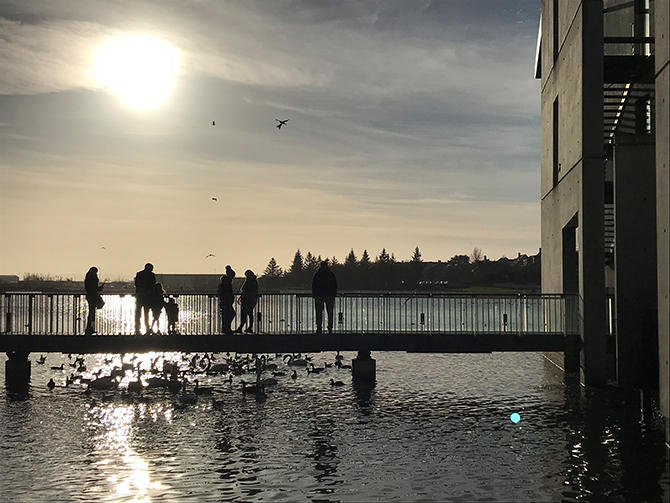
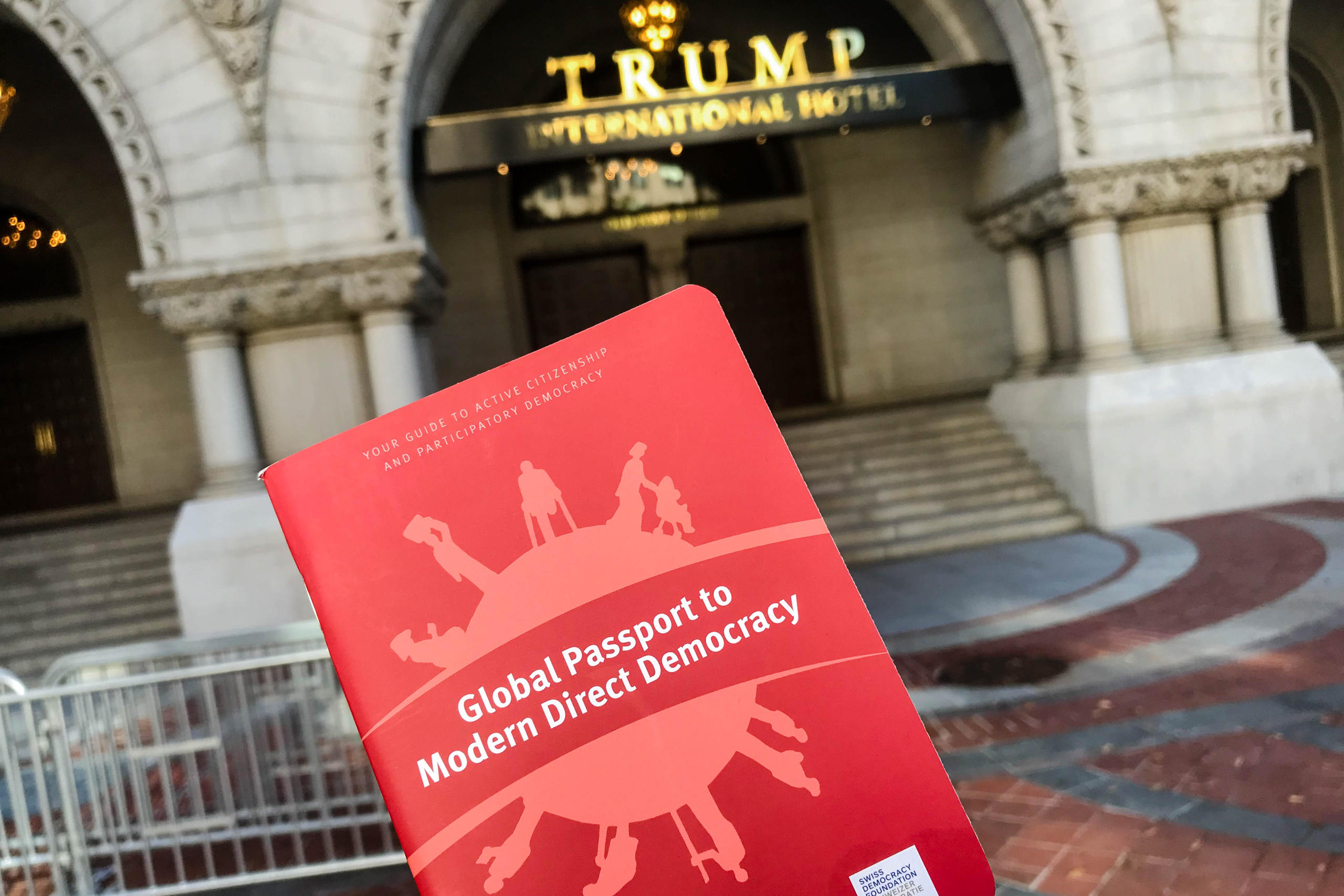
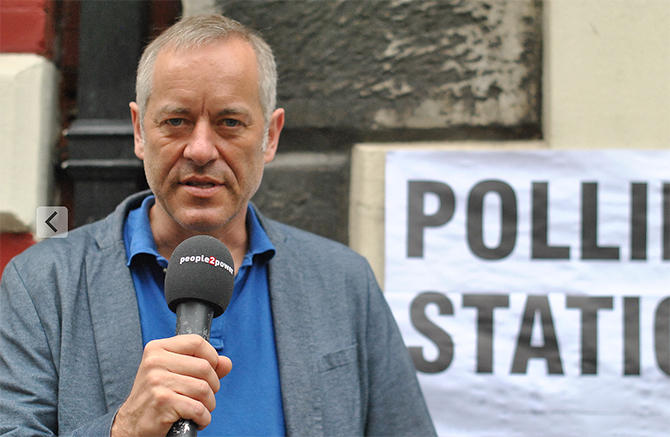
You can find an overview of ongoing debates with our journalists here. Please join us!
If you want to start a conversation about a topic raised in this article or want to report factual errors, email us at english@swissinfo.ch.